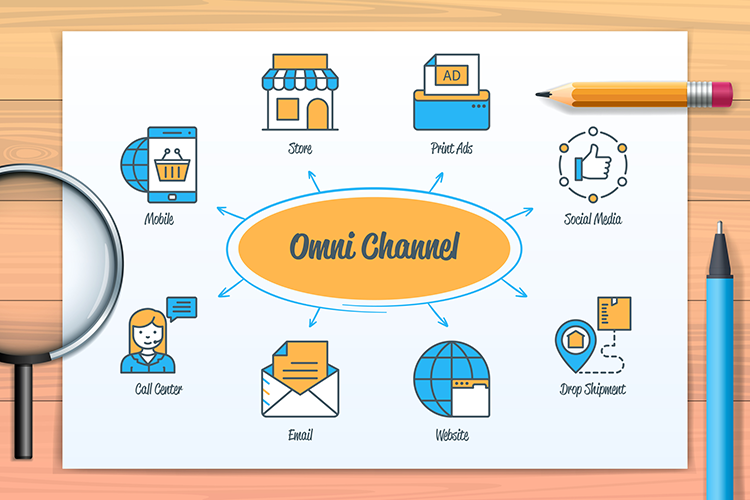Our CTO, Damian Williams made a guest appearance in Dynamic Business. Read on to see “Why a single customer communication channel is no longer enough”.
In a period of rising interest rates and softening economic confidence, businesses are keenly focused on finding ways to improve the relationships they have with their customers.
This motivation stems from the fact that it’s more cost effective to retain long-term customers than it is to attract new ones. Developing existing relationships can lead to stronger ongoing revenue streams and healthier bottom lines.
A key element in customer relationship building is regular communication. Businesses need to provide customers with a regular stream of relevant information that makes them feel valued and encourages future transactions.
Making use of multiple channels
Unfortunately, in today’s increasingly digital world, many customers are already being bombarded by more email than they would prefer. Opening an in-box at the start of the day often reveals multiple messages from both businesses they’ve dealt with and others making what they hope are enticing offers.
As a result, many consumers are turning off when it comes to email marketing. They find it’s much easier to hit the ‘delete’ or ‘spam’ button rather than open and read a message’s contents.
For marketers this poses a challenge. How can you gain the attention of customers who are already feeling overwhelmed and are reluctant to engage fully?
Omni-channel strategies
Experience shows a strategy that works for customer journeys is the use of multiple communications channels. Rather than sticking to email-only campaigns, successful businesses are finding omni-channel campaigns deliver demonstrably higher results.
An omni-channel strategy offers some significant benefits. Messages can take different forms and be made more relevant to customers depending on the point they have reached in their relationship with a business.
For example, an initial purchase by a new customer can be followed by the issuance of a ‘checking-in’ email to confirm they are satisfied with the purchase. Text or social media messages can then be used to maintain contact and alert the customer to forthcoming special offers or events.
Orchestration is key
When a decision is taken to use an omni-channel approach for customer communication, effective orchestration of messages across all channels becomes key. It’s critical that a business understands the interactions that have already occurred with each customer journey and how future messages will fit into this mix.
A business also needs to determine the most effective channel for each message as there will be significant variations. Quick updates might be suited to SMS, for example, however more detailed messages about sales or new product launches may work best via email or a pointer to a carefully designed micro website.
For effective orchestration to be achieved, a business will need to have a platform in place that can automatically maintain the audiences for each journey, stage and channel. The platform will help to ensure the business has a clear understanding of each customer and all interactions that have previously taken place.
Taking this approach will ensure that every ‘instrument’ in the business marketing stack is playing off the same score. The result will be consistent messaging for customers that adds real value rather than simply exacerbating the general marketing ‘noise’ that exists in the marketplace.
It also supports the goal of making marketing campaigns more dynamic rather than simply relying on a set of static steps that are followed for all customers. Each communication element can be tailored for a specific customer and take into account their full history with the business.
A deeper relationship
The key benefit for businesses of using orchestration to manage an omni-channel communications campaign is the improved customer relationships that will result. Customers will feel more valued and be more likely to have a long-term and loyal relationship.
For businesses, this approach maximises the return on marketing spending and helps to position themselves as an organisation that listens to and responds to their customers’ individual requirements.
With economic conditions likely to remain tight for the foreseeable future and competition for customer attention remaining high, those businesses that undertake effective omni-channel marketing campaigns will be best placed for growth.
Get in touch today to see how n3 Hub can deliver results to your marketing team.
Read the original article here


